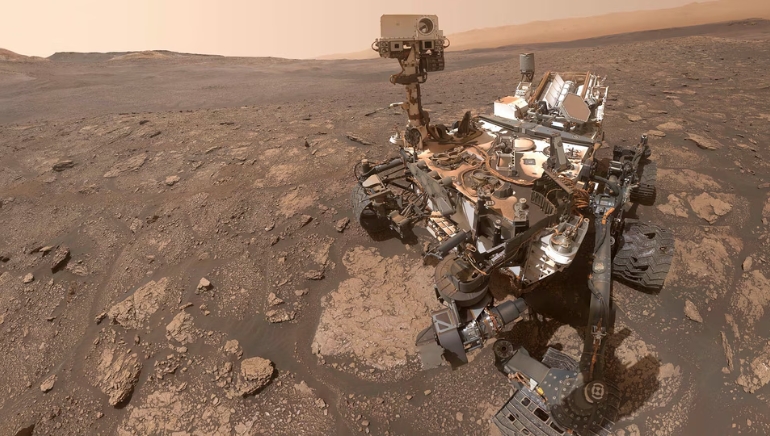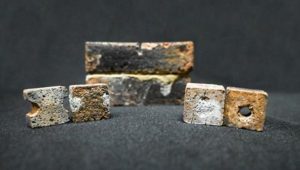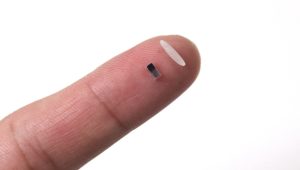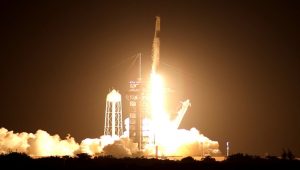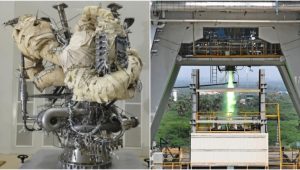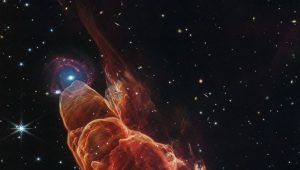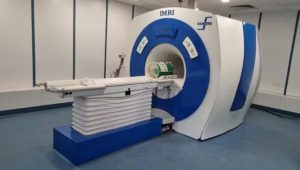NASA’s Curiosity rover has completed its investigation of the Gediz Vallis channel on Mars. This marks the occasion with a breathtaking 360-degree panorama and the rover is now headed toward box work, its next destination. This exploration, conducted on the slopes of Mount Sharp, is part of Curiosity’s mission. The aim is to study Mars’ transition from a once-wetter environment to its current arid state.
During the mission, they detected the rare sulphur stones which is a ground-breaking discovery in the Gediz Vallis region. The bright white stones, when crushed, revealed yellow crystals under the rover’s wheels. This was gone unnoticed in earlier imaging by the Mars Reconnaissance Orbiter.
As per the Curiosity’s project scientist at NASA’s Jet Propulsion, Ashwain Vasavada, the discovery is a fascinating mystery. In the same, Mount Sharp is seen to have no such features unlike earth where sulphur is typically linked to volcanic activities or hot springs. Scientists are now making the best use of the data to determine how these unique deposits formed





